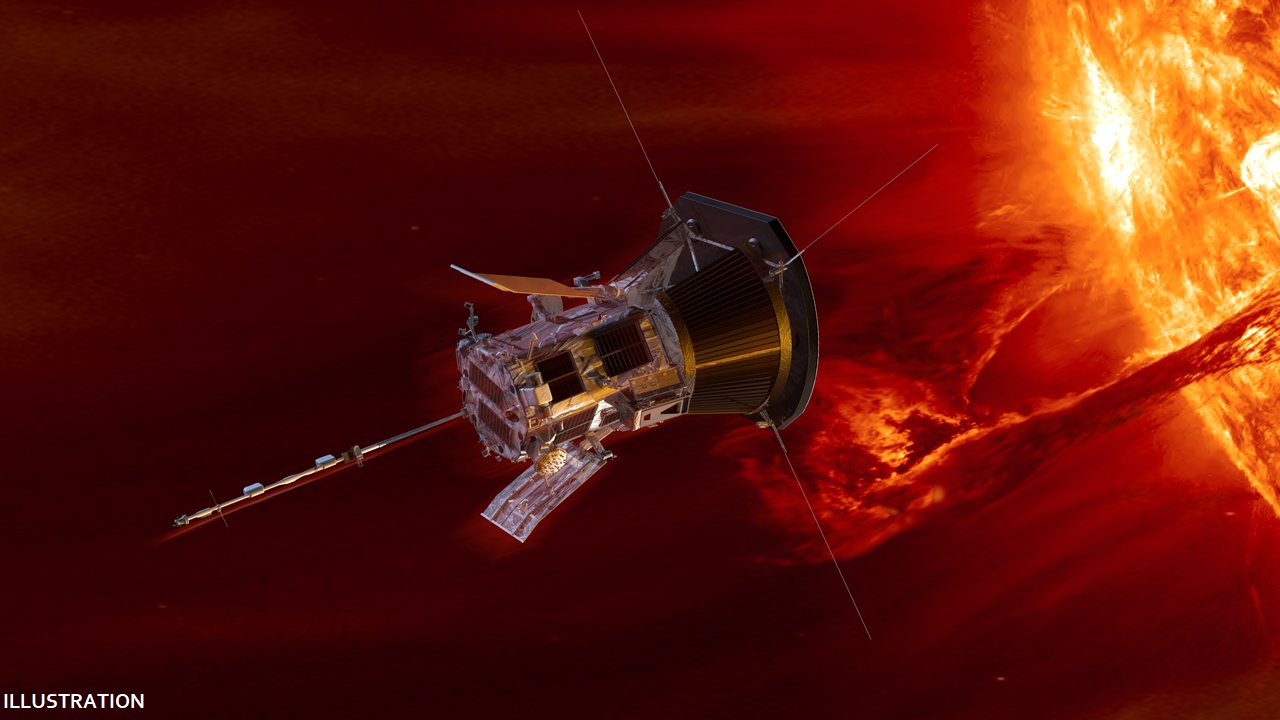NASA’s Parker Solar Probe breaks distance and speed record during 17th close approach to the Sun

On Wednesday, September 27, NASA's Parker Solar Probe completed its 17th close flyby of the Sun. During this close approach, known as perihelion, the spacecraft broke its own distance record by skimming just 4.51 million miles (7.26 million kilometers) from the solar surface.
During the 17th flyby, the Parker Solar Probe set another record by moving 394,736 miles per hour (635,266 kilometers per hour) around the Sun. This close approach occurred at 7:28 p.m. EDT.
"The spacecraft entered the encounter in good health, with all systems operating normally," NASA said.
A record-breaker at its finest.Breaking two records at once, Parker Solar Probe has made its closest and fastest pass by the Sun yet. On Sept. 27, it flew only 4.5 million miles from our dynamic star, traveling at 394,736 miles per hour.Learn more: https://t.co/du9vHwZNC0 pic.twitter.com/JB5vLUC0gL
— NASA Sun & Space (@NASASun) September 28, 2023
Launched in 2018, the Parker Solar Probe is the first spacecraft to touch the Sun. The spacecraft braves brutal heat and radiation conditions to provide humanity with the closest-ever observations of a star.
The probe is designed to use Venus’ gravity during seven flybys over nearly seven years to gradually bring its orbit closer to the Sun. At its closest approach, the spacecraft will come within about 3.9 million miles (6.2 million kilometers) of the Sun.
- READ MORE ON:
- Parker Solar Probe
- Parker Solar Probe 17 flyby










